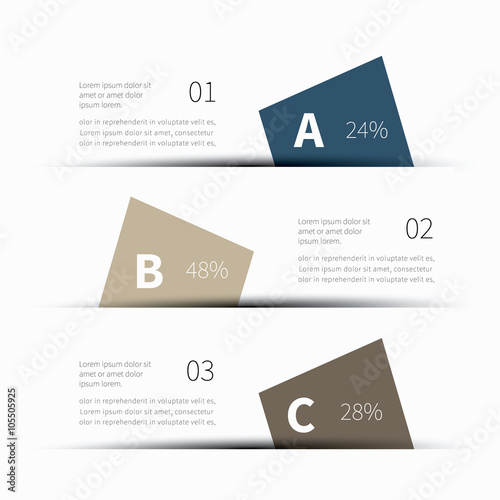How To Allocate Your Flooring Job: A Practical Overview
How To Allocate Your Flooring Job: A Practical Overview
Blog Article
Author-Leach Axelsen
When you're intending a floor covering task, budgeting isn't just about selecting a number; it has to do with recognizing what you absolutely require and the costs included. You'll want to analyze your certain needs, study different materials, and expect unexpected expenditures. Think about how aspects like space objective and installment approaches can affect your budget plan. But prior to you enter, there are some important information you could neglect that can substantially influence your total expenses. Allow's discover exactly how to browse these complexities and ensure your project stays on track.
Assessing Your Flooring Requirements
Before diving into your floor covering job, it's critical to examine your floor covering needs. Beginning by taking into consideration the specific areas where you plan to mount brand-new floor covering. Consider the objective of each area. For example, bathroom and kitchens require water-resistant materials, while living locations might benefit from convenience and looks.
Next, review the existing conditions of your floorings. Are there any type of architectural issues, such as unequal surface areas or wetness issues? Dealing with these concerns early can save you money and time down the line.
Additionally, take note of the measurements of each area to figure out how much flooring you'll need.
Don't forget to consider your lifestyle. If you have family pets or young youngsters, sturdiness might be your top priority, while an extra formal room may call for a lavish coating. Additionally, consider your layout choices. Do you prefer a classic appearance, or are you drawn to contemporary styles?
Finally, be sensible regarding how much upkeep you agree to devote to. Some materials call for even more maintenance than others. By recognizing Highly recommended Web-site , you'll be better equipped to make educated choices as you progress with your floor covering job.
Estimating Expenses and Products
Approximating prices and products is a pivotal step in your floor covering job that can considerably influence your overall budget. Start by gauging your room precisely to identify just how much floor covering you'll require. For most materials, you'll discover rates by square foot, so accumulate quotes from numerous providers to get a reasonable figure.
Next off, take into consideration the type of flooring you desire. Choices like wood, laminate, ceramic tile, or carpeting all come with various price points. visit this weblink for each and factor in any kind of additional materials like underlayment, glue, or transition strips.
Don't forget to include devices if you're intending a DIY installation, as renting or buying devices can contribute to your expenses.
Labor expenses are another vital consideration. If you're hiring experts, obtain estimates from several professionals to guarantee you're getting a reasonable rate. Be clear concerning the extent of work to prevent unanticipated costs later.
Last but not least, it's important to allot a small portion of your allocate any unanticipated costs related to products. By extensively approximating your costs and materials upfront, you'll set on your own up for a smoother and much more convenient flooring task.
Preparation for Hidden Costs
Many property owners overlook the surprise costs that can emerge throughout a floor covering job, which can result in spending plan overruns. To avoid this, you require to plan for possible added expenses.
Initially, consider the condition of your existing subfloor. If it's harmed or unequal, you'll likely require fixings or progressing, which can include substantially to your overall expenditure.
Next, think of removal and disposal fees for your old flooring. Numerous professionals bill extra for this service, so variable that into your budget.
In addition, do not forget about the expenses of underlayment, which might not be included in the preliminary quote but are vital for an effective installation.
You should also plan for unforeseen problems, such as plumbing or electrical work if your flooring job involves relocating components. It's a good idea to allot at the very least 10-15% of your complete budget for these unforeseen expenses.
Last but not least, bear in mind that permits may be required for sure setups. Constantly check neighborhood laws to avoid fines or delays.
Verdict
In conclusion, budgeting for your flooring job is necessary for an effective outcome. By analyzing your demands, approximating costs, and preparation for covert costs, you'll avoid surprises and stay on track. Keep in mind to set aside a part of your budget for unexpected expenses and keep a thorough failure of your expenses. With cautious preparation and factor to consider, you'll develop a gorgeous area that satisfies your requirements without breaking the bank. Satisfied flooring!
